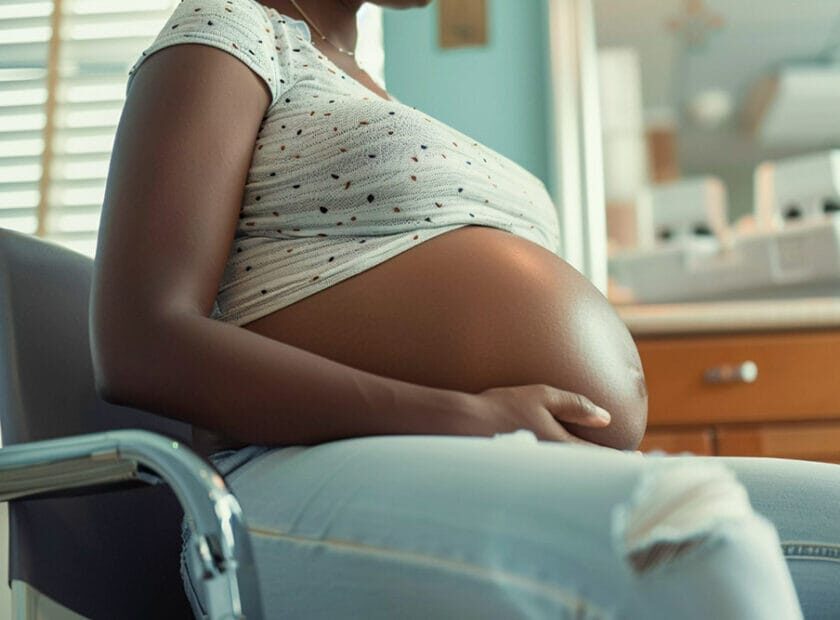Understanding Labour and Childbirth
Labour is the process by which a baby is delivered from the uterus through the birth canal. It usually occurs between 37 to 42 weeks of pregnancy and consists of several stages.
Signs of Labour
Regular contractions (painful tightening of the uterus).
- Water breaking (rupture of the amniotic sac).
- Lower back pain and cramping.
- Bloody or mucus-like vaginal discharge (bloody show).
- Frequent urge to urinate or pass stool.
Stages of Labour
- First Stage: Early and Active Labour – This stage begins with contractions and ends when the cervix is fully dilated (10 cm). It is divided into two phases:
- Early Labour (Latent Phase)
- Contractions start mild and irregular.
- Cervix dilates up to 3–4 cm.
- Can last hours to days (longer for first-time mothers).
- Active Labour
- Contractions become stronger, longer, and closer together.
- Cervix dilates from 4 cm to 10 cm.
- Mother may feel increased pain and pressure.
- Early Labour (Latent Phase)
- Second Stage: Delivery of the Baby
- The cervix is fully dilated.
- Mother pushes during contractions to help the baby move through the birth canal.
- The baby is born.
- Third Stage: Delivery of the Placenta
- After the baby is born, the uterus continues to contract to expel the placenta.
- This usually happens within 5–30 minutes after birth.
Pain Relief Options
- Natural Methods: Breathing exercises, warm baths, massage.
- Medical Pain Relief:
- Epidural anesthesia (reduces pain in the lower body).
- Opioid medications (reduce pain but may cause drowsiness).
- Local anesthesia (used in case of episiotomy or stitches).
Types of Delivery
- Vaginal Birth: The baby is delivered naturally through the birth canal.
- Cesarean Section (C-Section): A surgical procedure to deliver the baby through an incision in the abdomen and uterus.
Post-Labour Recovery
- Rest and hydration.
- Monitoring bleeding (lochia) and pain.
- Breastfeeding support.
- Emotional and psychological care (postpartum depression awareness).
When to Seek Medical Help
- Severe bleeding or pain after delivery.
- Fever or signs of infection.
- Difficulty breathing or extreme weakness.
- Signs of postpartum depression (persistent sadness, withdrawal, or anxiety).
Key Takeaways
- Labour has three stages, ending with the birth of the baby and placenta.
- Signs of labour include regular contractions, water breaking, and cervical dilation.
- Pain management options are available for comfort.
- Postpartum care is important for recovery and mental well-being.
Proper medical guidance and support can ensure a safe and smooth labour experience for both mother and baby.



